In the minutes of February 4 RBA meeting, it’s reiterated that “it was reasonable to expect that an extended period of low interest rates” in Australia. The central bank would continue to “monitor developments carefully, including in the labour market”. It “remained prepared to ease monetary policy further if needed”. But for now, interest rate was held unchanged at 0.75% after balancing the cost and benefits of a rate cut.
RBA also noted that China’s Wuhan coronavirus outbreak “present a material near-term risk to the economic outlook for China and for international trade flows, and thereby the Australian economy.” “”Some commodity prices, notably for industrial metals, iron ore and oil, had fallen on concerns that the coronavirus outbreak would disrupt production in China and reduce Chinese commodity demand in the near term.”
To counter the risk, “lower interest rates could speed progress towards the bank’s goals and make it more assured in the face of the current uncertainties.” However, further rate cut could “encourage additional borrowing at a time when there was already a strong upswing in the housing market”. RBA is “aware of the risk of low interest rates encouraging too much borrowing and driving excessive asset valuations.”




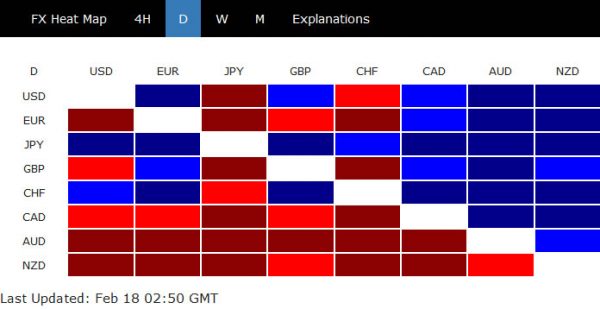
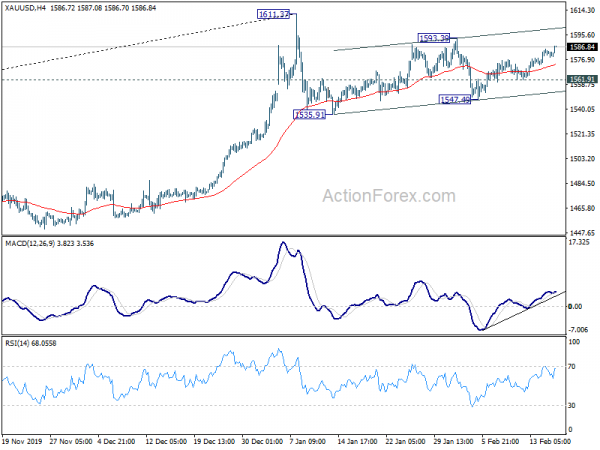
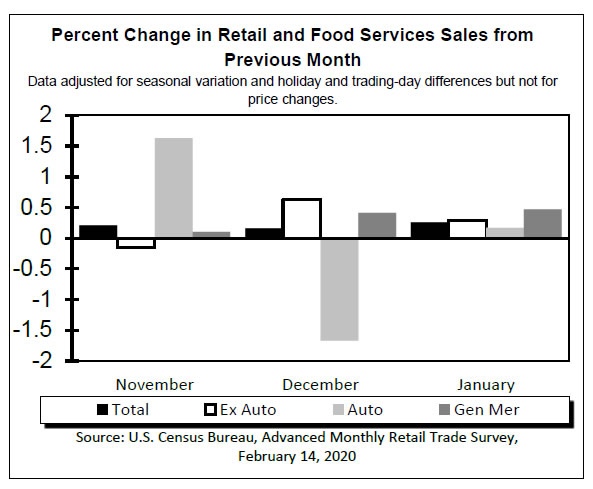
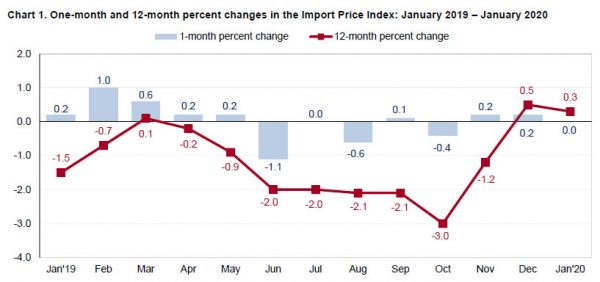
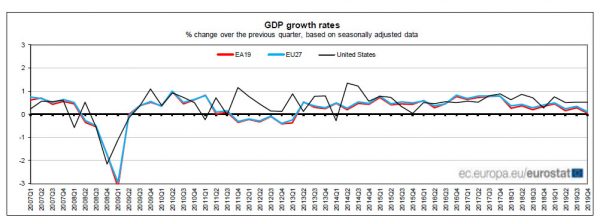
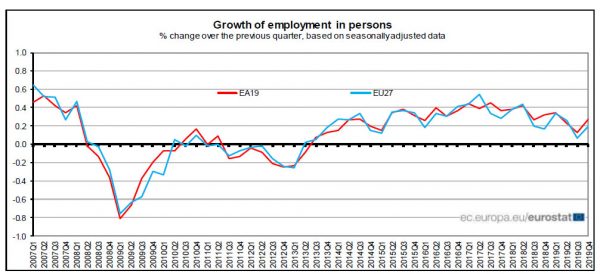
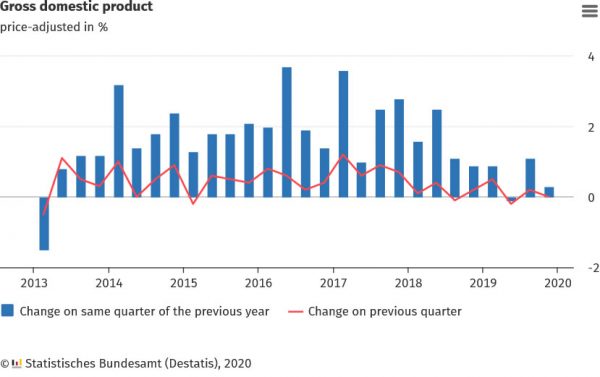
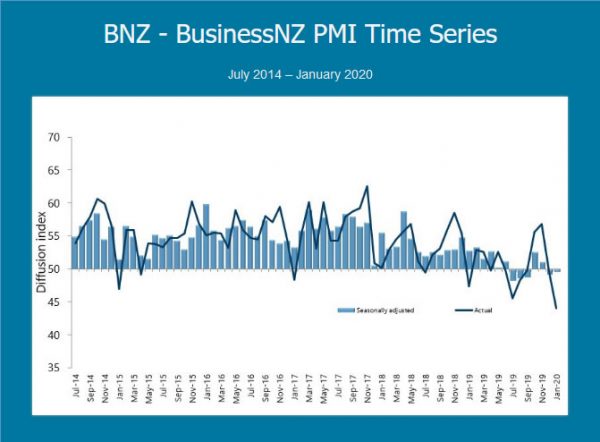
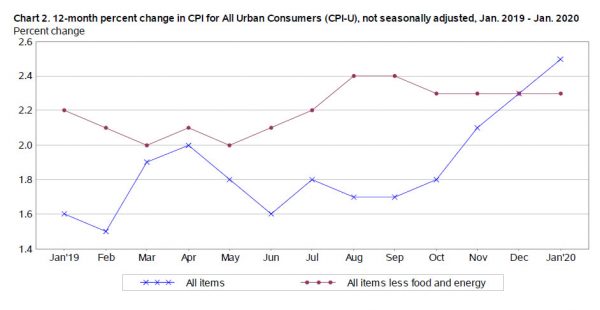
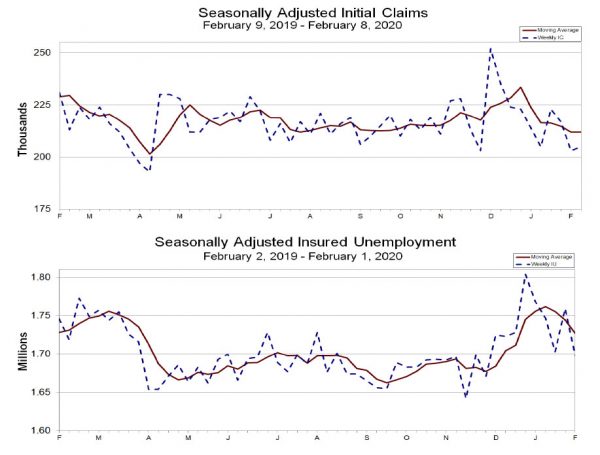
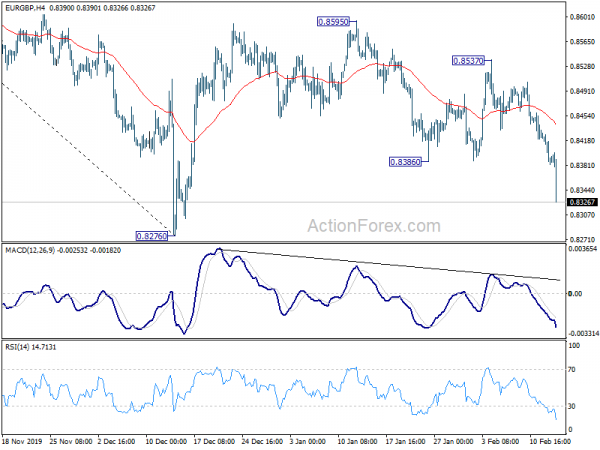

Moody’s lower China’s 2020 growth forecast from 5.8% to 5.2%
Moody’s Investors Service warned today that outbreak of China’s Wuhan coronavirus would pressure growth in Asia Pacific as a whole. “This shock comes on the back of a marked slowdown in 2019 as decelerating global trade hit the region,” The impact would be felt mainly through trade and tourism. Some sectors could also be hurt due to supply chain disruptions.
For China, Moody’s cut 2020 growth forecasts sharply from 5.8% to 5.2%. The downgrade reflects “a severe but short-lived economic impact, with knock-on effects for economies across the region.” Lower import demand is the primary reason for slowing growth.